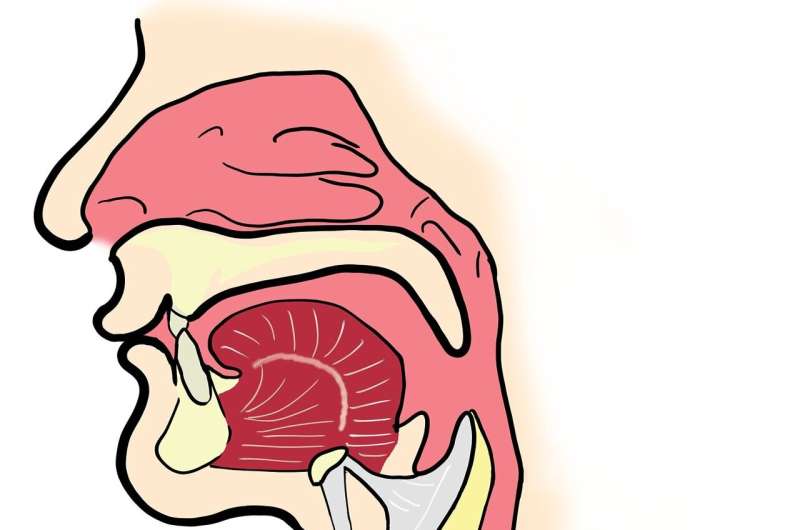This article has been reviewed according to Science X's editorial process and policies. Editors have highlighted the following attributes while ensuring the content's credibility:
fact-checked
trusted source
proofread
Minimized atrial pacing does not benefit patients with sinus node dysfunction, research finds

Minimizing atrial pacing does not prevent atrial fibrillation in patients with sinus node dysfunction, according to late breaking research presented in a Hot Line session today at ESC Congress 2023.
Atrial fibrillation is common among patients with sinus node dysfunction and is associated with poor outcomes. A meta-analysis previously found an association between higher percentages of atrial pacing and an increased risk of atrial fibrillation in patients with sinus node dysfunction, while a post hoc analysis of the DANPACE trial found no association. Randomized trial data are needed on the optimal level of atrial pacing to prevent atrial fibrillation in patients with sinus node dysfunction.
The DANPACE II trial was a national, multicenter, open-label, investigator-initiated, randomized controlled trial designed to investigate whether minimized atrial pacing reduces the incidence of atrial fibrillation in patients with sinus node dysfunction. Patients with sinus node dysfunction and an indication for a first-time dual chamber (DDD) pacemaker were included from 11 pacemaker implanting centers in Denmark between May 2014 and June 2021.
Participants were randomized in a 1:1 ratio to 1) base rate of 60 beats per minute (bpm) and rate-adaptive DDD (DDDR-60 group) or 2) base rate of 40 bpm and non-rate-adaptive DDD (DDD-40 group). All patients were followed for two years by remote monitoring and ambulatory visits were scheduled after 3, 12 and 24 months. The primary endpoint was episodes of atrial fibrillation lasting more than 6 minutes detected by the pacemaker during 2 years of follow up.
A total of 539 patients were included in the analysis. The median age was 73 years and 48% were women. After 2 years, the primary endpoint had occurred in 248 (46%) patients: in 124 of 270 (46%) patients assigned to DDDR-60 and in 124 of 269 (46%) patients assigned to DDD-40 for a hazard ratio (HR) of 0.97 (95% confidence interval [CI] 0.76-1.25; p=0.83).
Regarding secondary endpoints, episodes of atrial fibrillation with a duration longer than 6 hours or 24 hours, progression to permanent or persistent atrial fibrillation, cardioversions for atrial fibrillation, and all-cause mortality occurred at similar rates in both treatment groups during two years of follow up. At 12 months, quality of life and performance on the 6-minute hall-walk test were similar between groups.
The composite safety endpoint of syncope or presyncope occurred in 94 (17%) patients; 33 were categorized as syncope and 61 as presyncope. Significantly more patients in the DDD-40 group experienced syncope or presyncope compared with the DDDR-60 group: 58 (22%) versus 36 (13%), respectively, for an HR of 1.71 (95% CI 1.13-2.59; p=0.01)
The crossover rate was significantly higher for patients randomized to DDD-40 compared to DDDR-60. Among the 62 (23%) patients who crossed from DDD-40 to DDDR-60, the indication was syncope or presyncope in 18 (29%) patients, chronotropic incompetence in 38 (61%) patients, and not specified in 5 (8%) patients. Only 8 (3%) patients in the DDDR-60 group had their device reprogrammed to a lower base rate. Four of 70 (6%) crossovers (one in the DDD-40 group and three in the DDDR-60 group) occurred according to patient request.
Study author Dr. Mads Brix Kronborg of Aarhus University Hospital, Denmark said, "Minimizing atrial pacing in patients with sinus node dysfunction does not reduce the incidence of atrial fibrillation. Programming a base rate of 40 bpm without rate-adaptive pacing increases the risk of syncope or presyncope."





















